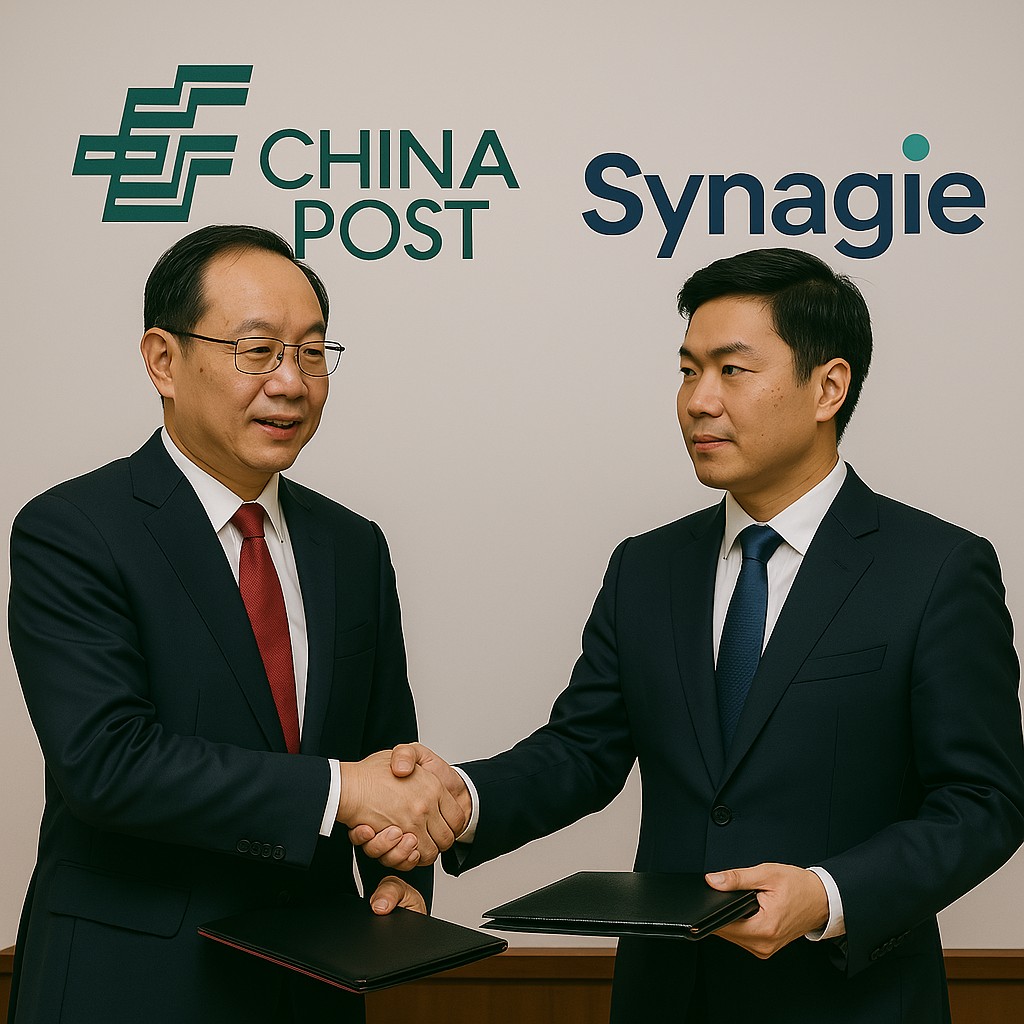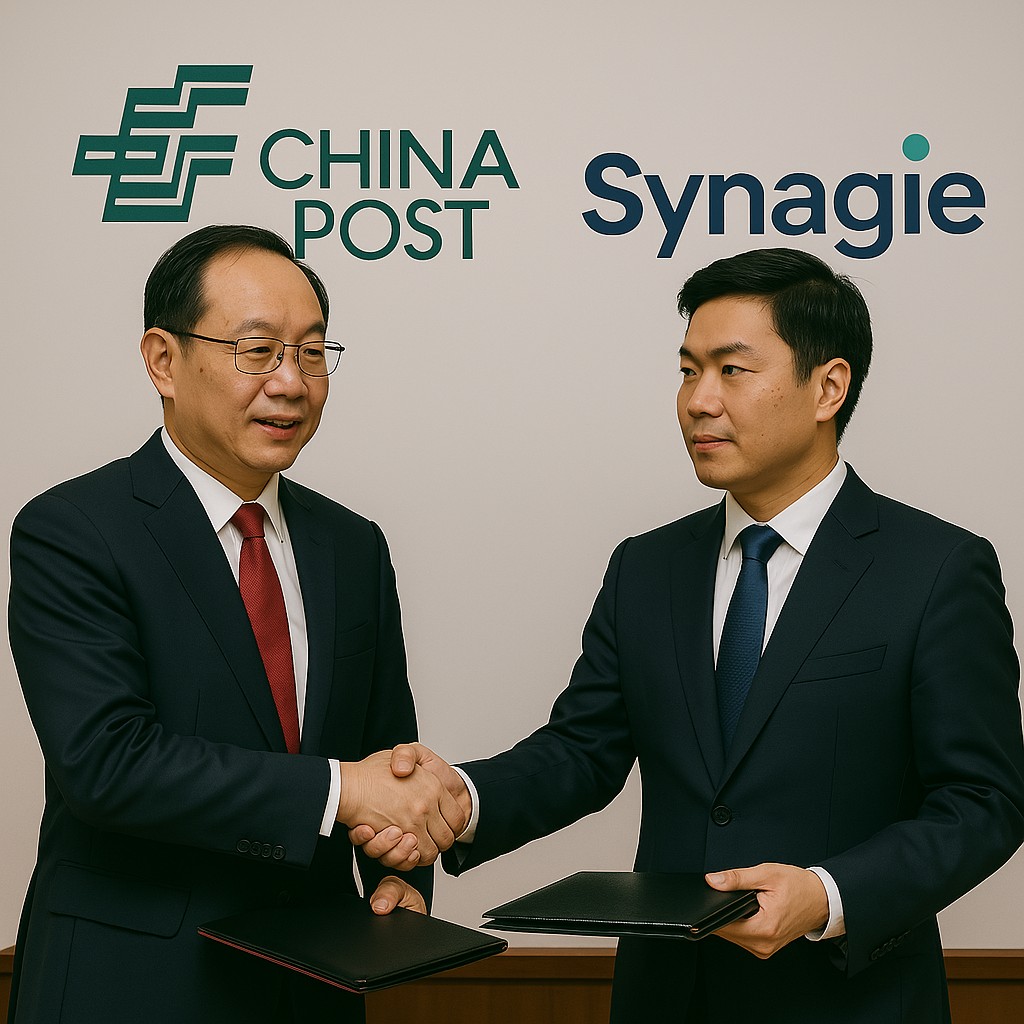
China Post Hong Kong’s newly announced partnership with Synagie, Southeast Asia’s leading AI-powered commerce platform, is being hailed as a breakthrough in digital trade. However, critics warn that it may signal Beijing’s deeper strategic entrenchment in the region’s supply chains and data ecosystems.
The venture, unveiled in Hong Kong and Singapore simultaneously, will create an AI-driven digital commerce and logistics ecosystem connecting China with Southeast Asia. It promises
- Automated cross-border fulfillment
- Real-time consumer analytics
- Integrated e-commerce channel enablement
- Support for the “China Brands Go-Global 100” initiative
While the collaboration is framed as a win for regional trade efficiency, analysts note that it consolidates Chinese influence over logistics, consumer data, and digital infrastructure—three pillars of modern economic sovereignty.
China Post’s strategic use of Hong Kong as a “Super Connector” allows Beijing to bypass traditional trade chokepoints and embed itself in Southeast Asia’s digital backbone. The move aligns with Xi Jinping’s April tour of Vietnam, Malaysia, and Cambodia, where over 100 bilateral agreements were signed to deepen economic ties and infrastructure cooperation.
Critics argue that the partnership could erode regional autonomy. By controlling logistics and data flows, China gains leverage over local businesses, consumer behavior, and regulatory standards. The AI-powered platform will reportedly integrate with Douyin (TikTok China), Youle (China Post’s e-commerce site), and other social commerce channels, raising concerns about data sovereignty and algorithmic influence.
The timing is strategic. With the U.S. scaling back multilateral trade frameworks like IPEF and focusing on domestic investment, China is filling the vacuum with scalable, bilateral ventures. Southeast Asia’s e-commerce market is projected to exceed $295 billion by 2025, making it a prime target for digital dominance.
Supporters say the partnership will unlock growth for local SMEs and streamline fragmented supply chains. But skeptics warn that Southeast Asia risks becoming a passive node in China’s Belt and Road digital architecture without reciprocal safeguards.
As Beijing deepens its footprint, regional governments face a dilemma: embrace the efficiency of Chinese platforms or risk strategic dependency. The line between integration and entrenchment is blurring—and Southeast Asia must decide where it stands.




